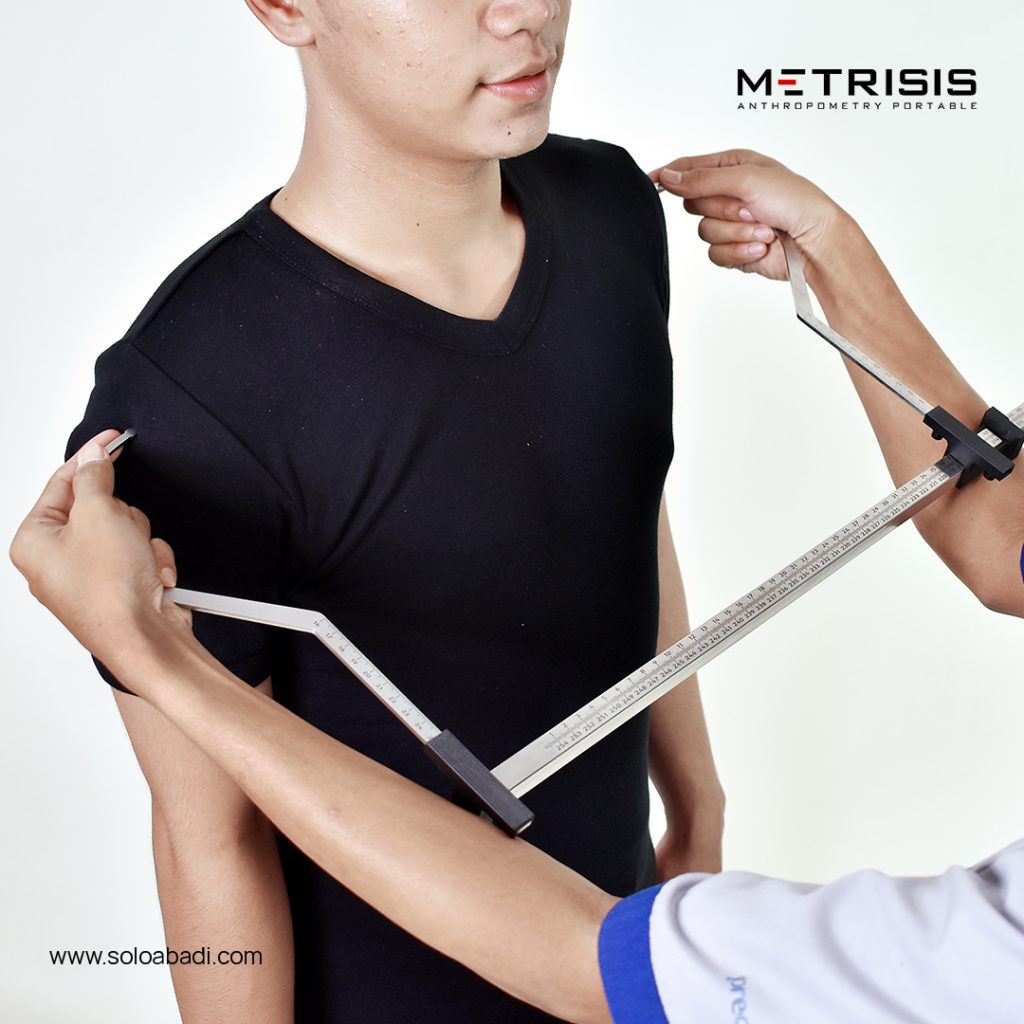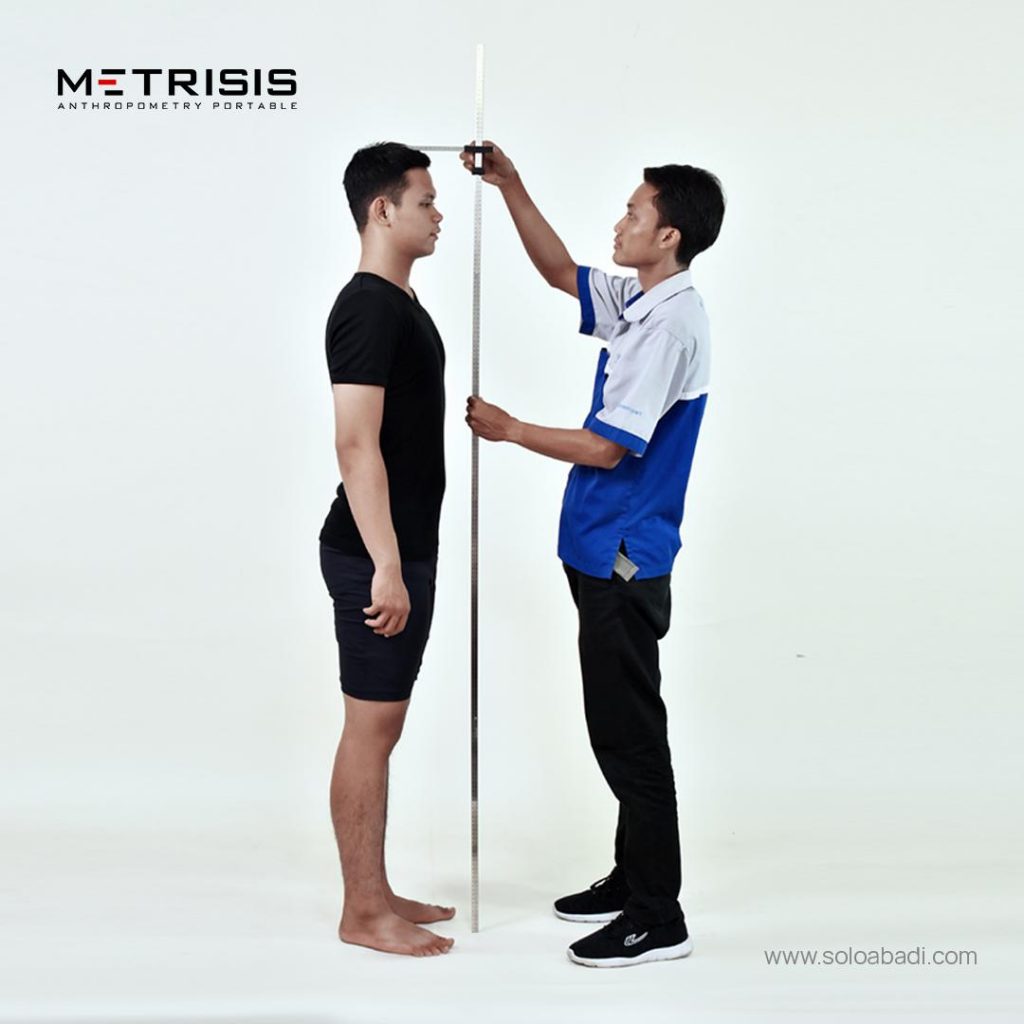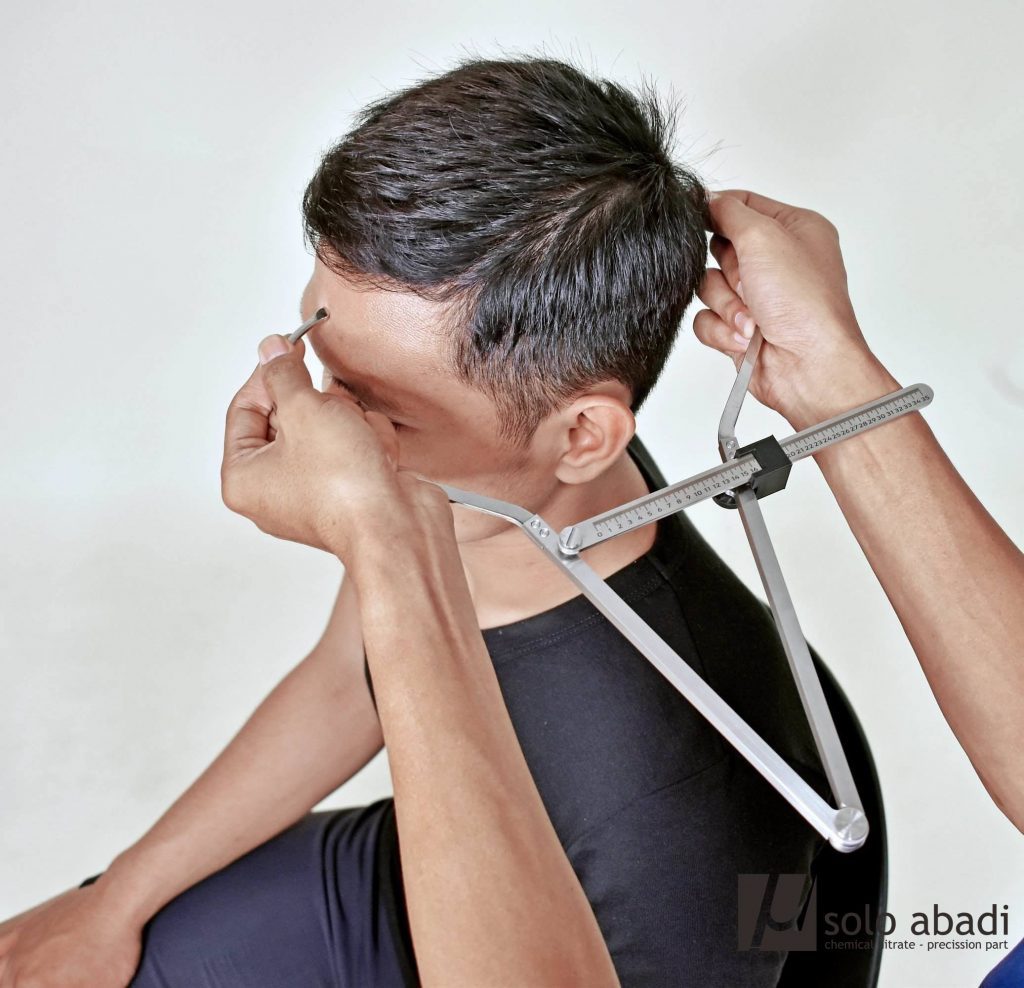Ergonomics in OHS (Occupational Health Safety) is things Every OHS Expert must understand. This knowledge is essential for obtaining an Industrial Ergonomics certificate. If you are an aspiring General OHS Expert, you need to grasp these ergonomics basics!
Understanding Ergonomics
Ergonomics studies the relationship between humans and their environment. This field helps people reduce work-related fatigue. The term ergonomics comes from the Greek words “ergon” and “nomos,” meaning natural law. Essentially, ergonomics aims to create an environment that promotes health, efficiency, and productivity.
Expertise and certification in ergonomics are crucial for an OHS Expert. An OHS Expert in any industry or company who thoroughly understands and applies ergonomic principles will significantly improve worker welfare.
Ergonomics in OHS Studies
In OHS studies, ergonomics often gets labeled as “Work Ergonomics,” primarily associated with sitting comfort. However, ergonomics in OHS involves human physiology, psychology, and cognition. The goal remains to enhance worker comfort and productivity while reducing the risk of work-related injuries and illnesses.
Expertise and certification in ergonomics are crucial for an OHS Expert. An OHS Expert who understands and applies ergonomic principles will improve worker welfare in any industry or company.
Ergonomics in OHS Basics Every OHS Expert Must Know
1. Adjusting Work Positions
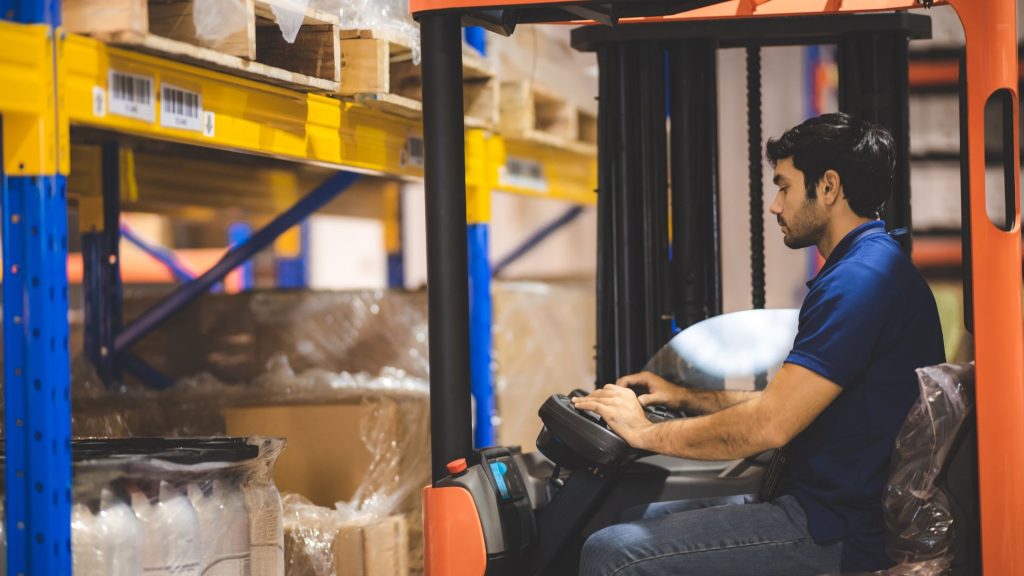
Workers often perform repetitive motions, which can lead to injuries. OHS Experts work to minimize this risk. An unsupportive work environment decreases worker productivity. The first ergonomic principle to understand is adjusting work positions. OHS Experts design desks, chairs, item placements, and storage shelf distances by measuring human body dimensions using Anthropometric approaches. Tools like the Anthropometric Chair or METRISIS Portable Anthropometry assist in this process.
Expertise and certification in ergonomics are essential for an OHS Expert. When an OHS Expert in any industry or company thoroughly understands and applies ergonomic principles, they will significantly enhance worker welfare.
2. Designing Assistive Devices
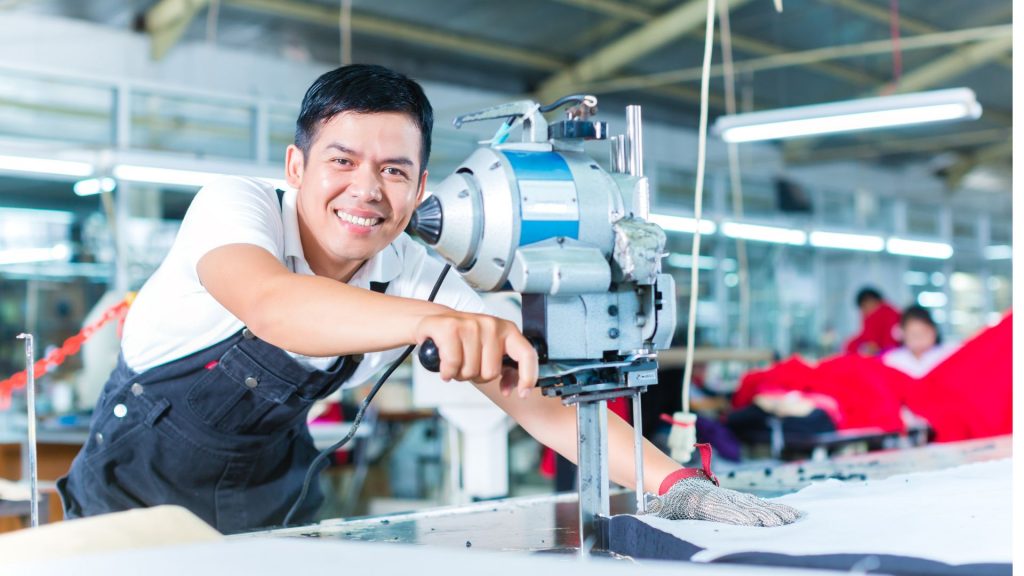
After adjusting work positions with the Anthropometric approach, OHS Experts determine the need for assistive devices. These devices make the workplace more inclusive, especially for workers using wheelchairs, back supports, and communication tools. Effective assistive device design and a supportive work environment allow workers with special needs to work independently and participate effectively.
Workers with special needs require not only assistive device design but also a work environment that supports their independence and effective participation.
3. Organizing Workspaces
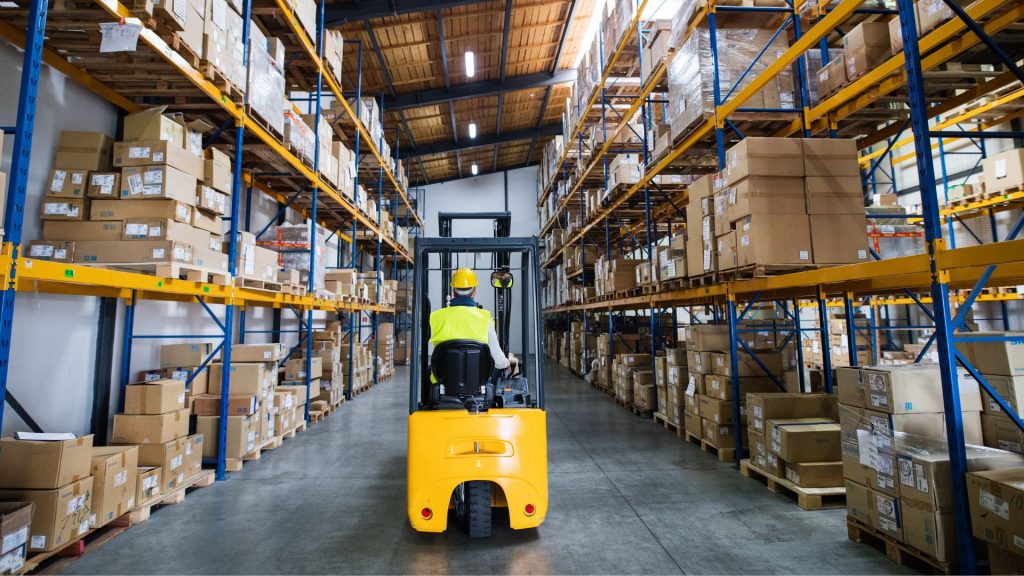
Once OHS Experts understand worker body dimensions and special needs, they organize the entire workspace. This includes equipment placement, spacing, lighting, and ventilation. For example, production floors need adequate ventilation and lighting to prevent work accidents. Production workers must also follow safety clothing SOPs to enhance security.
For example, production floors need adequate ventilation and lighting to protect workers from accidents. Since production workers are highly susceptible to workplace accidents, they must also follow clothing SOPs to enhance safety.
4. Utilizing Technology
Utilizing technology in OHS ergonomics involves various tools and systems to improve worker safety, health, and well-being. This includes software design, noise reduction, and choosing appropriate colors for necessary signs.
Ergonomics Assessment Tools for OHS Experts
1. Portable Anthropometry
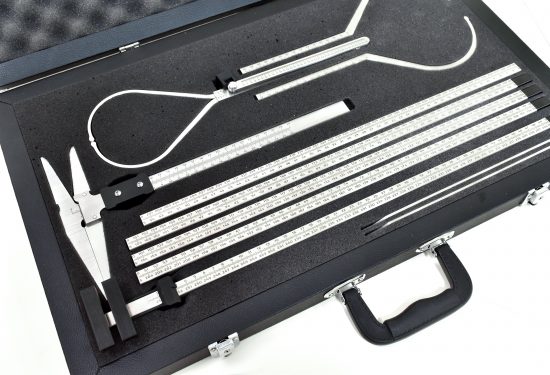
Portable Anthropometry is an anthropometric measuring instrument that can measure more than 100 dimensions of the human body in a standing to sitting position. With the data generated by Portable Anthropometry, the industry can find out the work environment and supporting instruments that are suitable for the workload so that occupational health and safety can be achieved. The reason is that the application of Anthropometric data can be easily found, as is the case in the application of room and chair designs and work desks. Various sectors have also used Portable Anthropometry, ranging from the education sector, especially industrial engineering and health, the sports sector, the military to the aviation industry and space research.
2. Anthropometric Chair
The Anthropometric Chair is a mandatory instrument in the Ergonomics and Work Systems Laboratory. As its name suggests, the Anthropometric Chair is designed to determine human body dimensions, which can then be applied to practical products, especially chairs. However, the Anthropometric Chair from PT Solo Abadi Indonesia can also measure human dimensions in a standing position and even facial ratios.
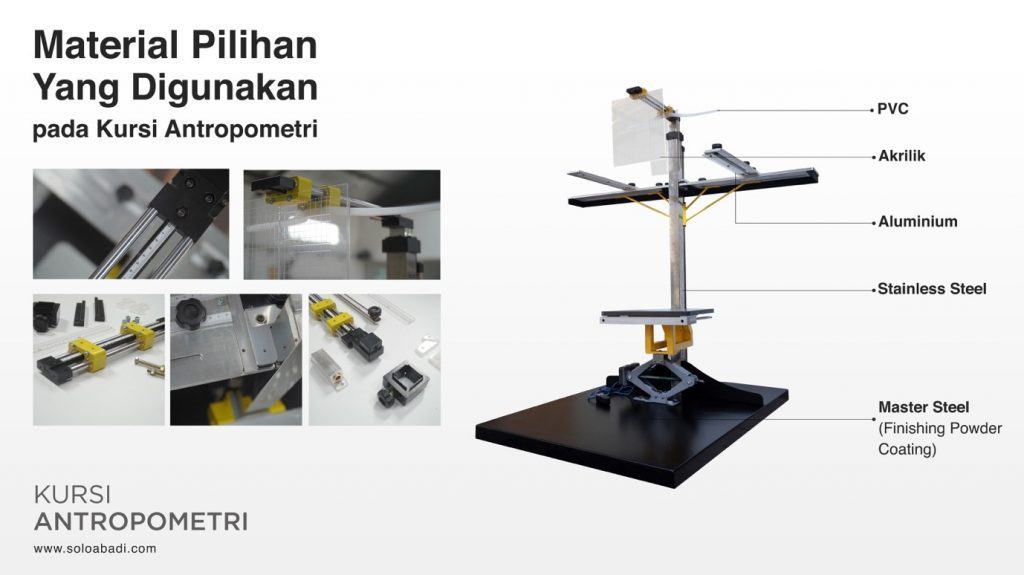
The Anthropometric Chair is the most familiar ergonomic measuring tool in the field of ergonomics. Initially, researchers used self-made Anthropometric Chairs made from wood and measuring tape, which could only measure in a sitting position. Today, the National Research and Innovation Agency (BRIN) fully supports Ergonomics Research using the Anthropometric Chair. BRIN aims to release Indonesian National Standards (SNI), particularly for chairs in educational institutions.
So far, the Anthropometric Chair is the most widely used instrument in educational institutions across Indonesia, especially in Industrial Engineering programs. Additionally, the Sport Authority of India (SAI) applies Anthropometric Chair data in Sport Science.
Get The Most Common Used Anthropometric Tools
The most common used Anthropometric Tools are Anthropometry Chair and Portable Anthropometry. These instruments have used in all sectors, including Occupational Health Sector (OHS). Solo Abadi Indonesia fully supports the Government of Indonesia to create innovations in the application of Occupational Health and Safety (OHS) in various sectors in Indonesia. We are the first Portable Anthropometry manufacturer in Indonesia whose quality has been recognized by various institutions both at home and abroad.


